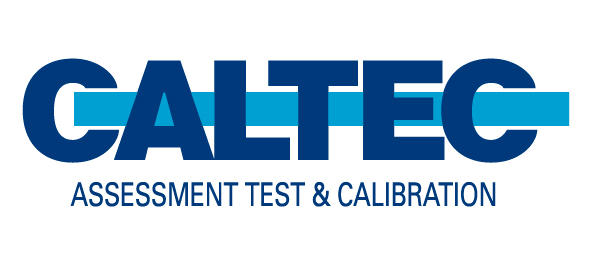Wind power is rapidly becoming one of the most important sources of clean energy, helping to reduce carbon emissions, lower energy bills, and strengthen energy independence. Across Europe, wind energy has grown from a niche technology into a major player in the electricity market. In 2024, wind accounted for 19% of the EU’s electricity production, overtaking natural gas and making it the second largest source of power after nuclear. Thanks to this shift towards renewables, greenhouse gas emissions from electricity generation fell by nearly a quarter in just one year.
Modern wind turbines are a strong symbol of technological progress. The average onshore wind turbine can generate enough electricity to power over 1,500 homes every year, while the latest models can achieve more than three times this amount. Compared with a coal plant, which would emit around 6,000 tonnes of carbon dioxide to produce the same energy, wind turbines deliver a significant environmental benefit. And, within less than a year of operation, a wind turbine will offset all the greenhouse gases produced during its manufacture, installation and maintenance. After that, every unit of electricity it generates is effectively carbon-free.
Wind power is also becoming increasingly affordable. The cost of building new wind farms has fallen sharply over the past decade, making wind energy far cheaper than coal or gas. While energy prices across Europe have risen in recent years, wind power offers a stable, home-grown alternative. By generating low-cost electricity, wind energy reduces household bills and boosts the competitiveness of industries that rely on affordable power.
Wind turbines are also fairly discreet. Each turbine occupies less than half a hectare of ground space, leaving the land around it free for farming, nature, or other uses. And while turbines are large, they are surprisingly quiet. At a distance of 300 to 400 metres, the sound is similar to that made by a household fridge.
The technology behind wind power continues to improve. Taller towers, longer blades, and smarter control systems allow turbines to capture more energy from stronger winds, while AI and predictive maintenance tools help to optimise performance and detect problems early, reducing the risk of breakdowns and costly repairs.
With strong public support and growing investment, wind energy looks set to play an even bigger role in reaching climate goals. By combining clean power, affordability, and continuous innovation, wind turbines are helping to build a more sustainable and secure energy system. Looking to the future, wind energy offers a powerful solution to the challenges of climate change and energy security, providing a cleaner, greener way to power the world.
